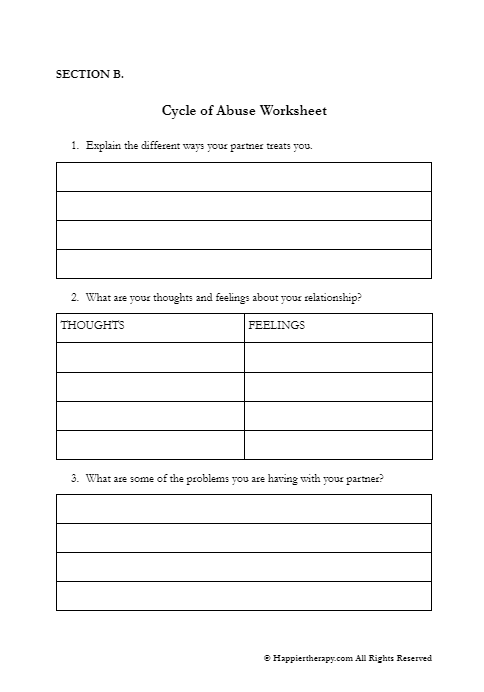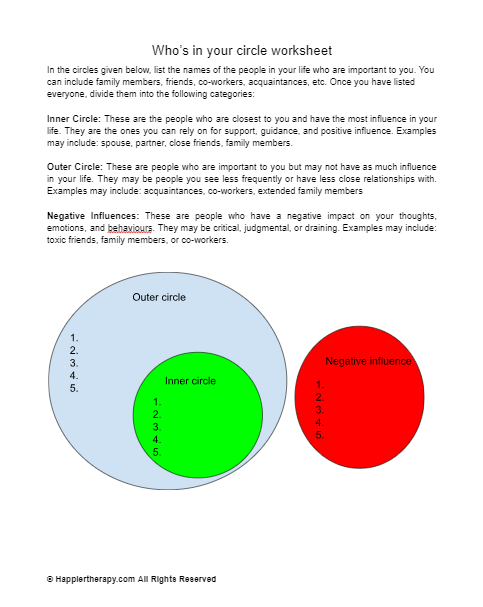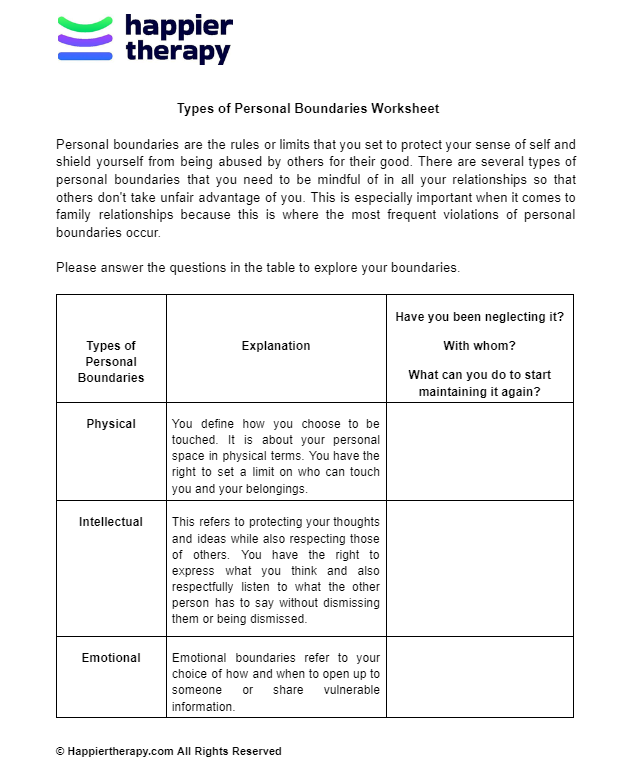Parenting therapy worksheet
Download Worksheet
What is the theory behind this Parenting therapy worksheet?
The parenting style is defined as parenting conduct that aims to manage, control, or regulate child behavior. This can be done by imposing rules and expectations, using disciplinary techniques, managing incentives, and punishments, or performing supervisory duties. There are four different parenting philosophies.
How will the worksheet help?
This worksheet will help the client to identify the healthy and unhealthy parenting approaches and understand the effects of each on the parent-child relationship. With the help of this worksheet, parents will learn their own parenting styles. Together with the help of the therapist, they will be able to work towards the goal of taking care of the child in a way that is beneficial for both of them.
How to use the worksheet?
This worksheet is divided into two sections. In section A, the client will learn about different types of parenting styles. In section B, the client will read the given scenario and label the responses with types of parenting styles. Lastly, the client will tell us about the parenting style he or she identifies with the most.

 By
By


